
The Second Boer War, also known as the Boer War, Transvaal War, Anglo–Boer War, or South African War, was a conflict fought between the British Empire and the two Boer republics over the Empire's influence in Southern Africa.

Harry Harbord "Breaker" Morant was an English horseman, bush balladist, military officer, and war criminal who was convicted and executed for murdering nine prisoners-of-war (POWs) and three captured civilians in three separate incidents during the Second Boer War.
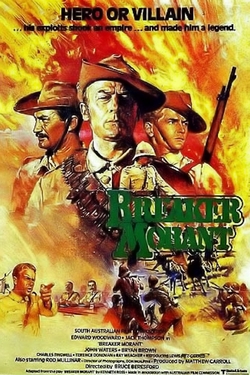
Breaker Morant is a 1980 Australian war drama film directed by Bruce Beresford, who co-wrote the screenplay based on Kenneth G. Ross's 1978 play of the same name.
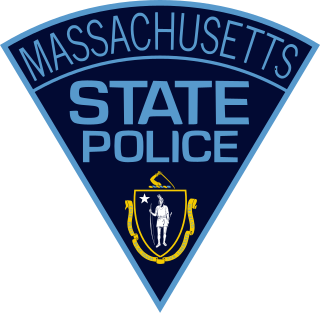
The Massachusetts State Police (MSP) is an agency of the Commonwealth of Massachusetts' Executive Office of Public Safety and Security, responsible for law enforcement and vehicle regulation across the state. As of 2024, it has 2,330 sworn troopers and 611 civilian support staff for a total of 2,941 personnel, making it the largest law enforcement agency in New England. The MSP is headed by Interim Colonel Jack Mawn.
The 1902 court-martial of Breaker Morant was a war crimes prosecution that brought to trial six officers – Lieutenants Harry "Breaker" Morant, Peter Handcock, George Witton, Henry Picton, Captain Alfred Taylor and Major Robert Lenehan – of the Bushveldt Carbineers (BVC), an irregular regiment of mounted rifles during the Second Boer War.

Northumbria Police is a territorial police force in England, responsible for policing the ceremonial counties of Northumberland and Tyne and Wear. It is the largest police force in the North East by geographical area and number of officers. The force covers an area of 2,141 square miles (5,550 km2) with a population of 1.46 million.

Johnny Gilbert was an Australian bushranger who was shot dead by the police at the age of 23 near Binalong, New South Wales on 13 May 1865.
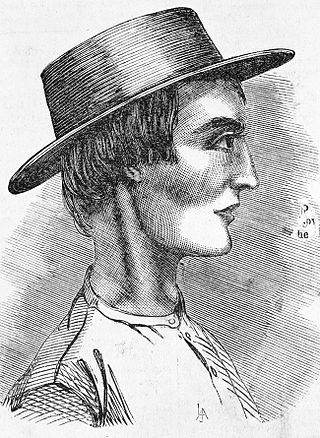
John Dunn was an Australian bushranger. He was born at Murrumburrah near Yass in New South Wales. He was 19 years old when he was hanged in Darlinghurst Gaol. He was buried in the former Devonshire Street Cemetery in Sydney.
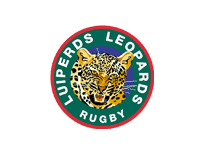
The Leopards is a South African professional rugby union team that participates in the annual Currie Cup tournament, currently playing in the First Division, as the representatives of the North West Province. Their home ground is Olën Park in Potchefstroom. The union was formed in 1920 and was originally called Western Transvaal.

The South African Constabulary (SAC) was a paramilitary force set up in 1900 under British Army control to police areas captured from the two independent Boer republics of Transvaal and Orange Free State during the Second Boer War. Its first Inspector-General was Major-General Robert Baden-Powell, later the founder of the worldwide Scout Movement. After hostilities ended in 1902, the two countries became British colonies and the force was disbanded in 1908.

Australian native police were specialised mounted military units consisting of detachments of Aboriginal troopers under the command of White officers appointed by colonial governments. These units existed in various forms in colonial Australia during the nineteenth and, in some cases, into the twentieth centuries. From temporary base camps and barracks, Native Police were primarily used to patrol the often vast geographical areas along the colonial frontier in order to conduct raids against aboriginals or tribes that had broken the law and punitive expeditions against Aboriginal people. The Native Police proved to be a brutally destructive instrument in the disintegration and dispossession of Indigenous Australians. Armed with rifles, carbines and swords, they were also deployed to escort surveying groups, gold convoys and groups of pastoralists and prospectors.
Captain Alfred James "'Bulala" Taylor was an Anglo-Irish military officer who was active in Africa during the Scramble for Africa and the Second Boer War. He is best known as a defendant in one of the first war crimes prosecutions in British military history. Born into a middle-class Protestant family in Dublin, Ireland, Taylor jumped ship in Cape Town in 1886 and served in the British South Africa Police of the British South Africa Company (BSAC). He played a major role in the colonisation of modern-day Zimbabwe by the BSAC. During two subsequent uprisings by the Northern Ndebele people against Company rule in Rhodesia, Taylor was dubbed by the Ndebele "Bulala" and "Bamba".
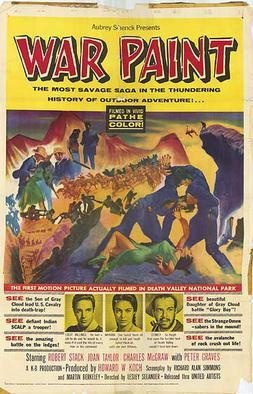
War Paint is a 1953 American Western film directed by Lesley Selander and starring Robert Stack and Joan Taylor. A U.S. Cavalry lieutenant is assigned to deliver a peace treaty to a powerful Indian chief, but two Indians have vowed to kill the officer before he completes his mission.

Henry Methvin was an American criminal, a bank robber, and a Depression-era outlaw. He is best remembered as the final member of Bonnie and Clyde's gang. His role in the gang has often been misattributed to teenage gang member W.D. Jones as both men were portrayed as composite character "C.W. Moss" in the film Bonnie and Clyde (1967).
Carl August Daniel Heese was a South African missionary murdered during the Second Boer War. Although two officers of the Bushveldt Carbineers (BVC) were tried in connection with the murder and acquitted, there is evidence that one of these – Lieutenant Peter Handcock – afterwards confessed to the killing.
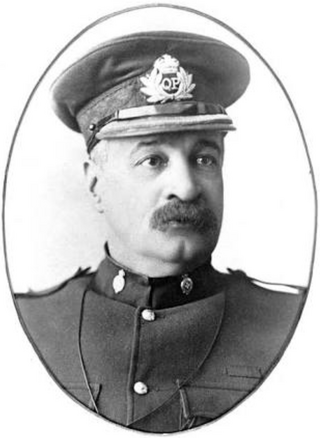
Frederic Charles Urquhart was a Native Police officer, Queensland Police Commissioner and Administrator of the Northern Territory.
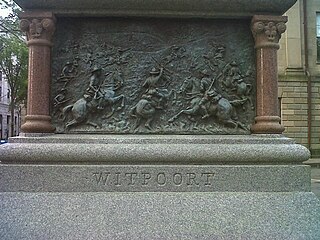
The Battle of Witpoort was fought during the Second Anglo-Boer War. Major Frederick Henry Munn commanded the detachment of the Royal Irish Fusiliers at Witpoort which was attacked on 16 July 1900, his orders being to "hold his position at all costs". The Boers called on Major Munn to surrender, but, scornfully refusing, he held out from daybreak till 2 pm, when the Canadian forces mounted a counterattack and the Boers retired. The battle became famous because of the death of Harold Lothrop Borden.
Captain Percy Frederic Hunt was French-born, British army officer who was killed in action by the Letaba Commando at Duivelskloof during the Second Boer War. After Hunt's death, his subordinate and close friend, Lt. Harry Morant, responded with a series of revenge killings of both POWs and many local civilians. This led directly to the Court-martial of Breaker Morant, one of the first war crimes prosecutions in British military history.
The South Australian Bushmen was a mounted infantry squadron of the Colony of South Australia that served in the Second Boer War, the third contingent contributed by the colony.
On August 7, 2020, Julian Edward Roosevelt Lewis, an unarmed 60-year-old American carpenter, was fatally shot by Georgia State Patrol officer Jacob Gordon Thompson, on a rural road in Screven County, Georgia. Thompson attempted to stop Lewis for driving a vehicle with a broken tail light. When Lewis failed to stop, Thompson performed a PIT maneuver to force Lewis's car into a ditch and shot Lewis once in the face. On August 14, Thompson was charged with felony murder.















